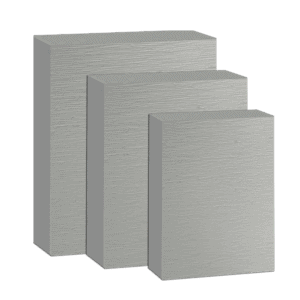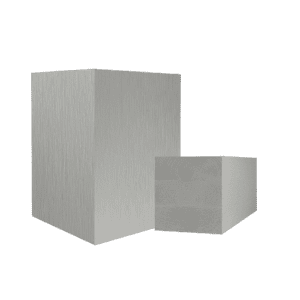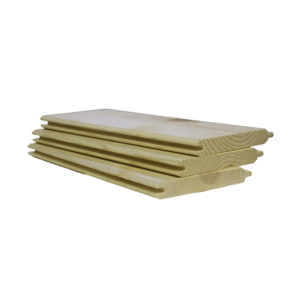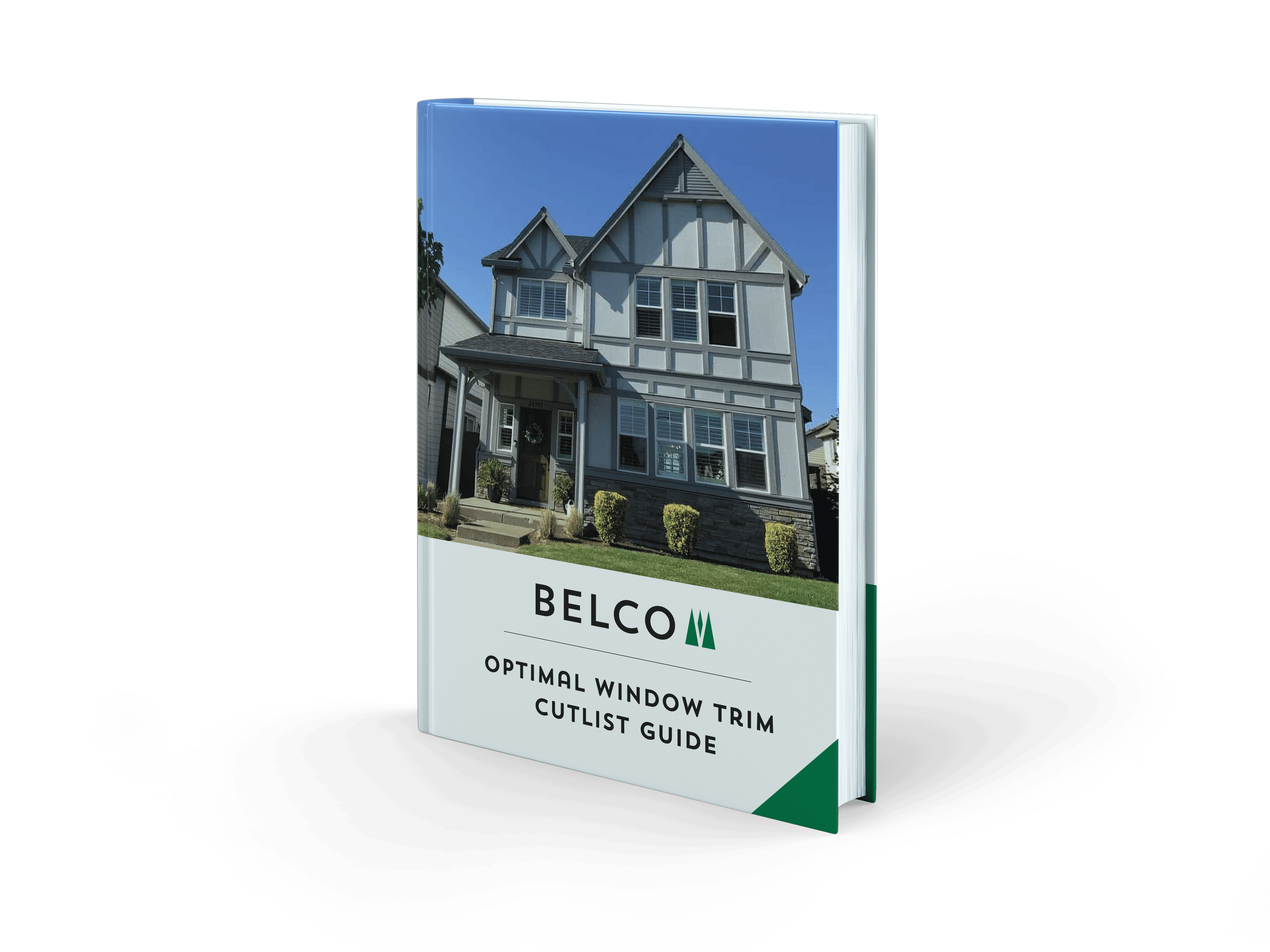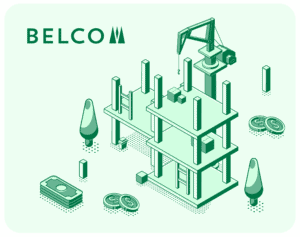Fascia boards are an essential component of any roofing system. They are mounted at the point where the roof meets the outer walls of the house, often supporting the lower edge of the bottom row of tiles. Fascia boards serve both an aesthetic and functional purpose, providing a smooth, even appearance along the roof’s edge while also protecting the roof structure from damage caused by wind, rain, and snow. They also play a crucial role in protecting the roof structure from damage caused by wind, rain, and snow, making it essential to choose the best material for your fascia boards.
What is a Fascia Board?
A fascia board is a horizontal or sloping board that runs along the lower edge of a roof, covering the entire roofline. It is a critical component of a home’s exterior, serving as a barrier against moisture and weathering. Fascia boards are typically attached to the ends of roof trusses, providing a solid surface for the installation of gutters and downspouts. They also play a crucial role in protecting the roof structure from damage caused by wind, rain, and snow.
Why fascia boards are important for the gutter system.
First and foremost, what is a fascia board? A fascia board is a flat board that runs vertically along the roofline. It is important because it not only serve an aesthetic purpose, but it also serves a structural one. It protects the edge of the roof from moisture penetration. Excessive moisture causes rot and decay. There are many different types of fascia boards, which is why it’s important to choose the right one.
Solid wood is a very popular choice for fascia boards because of its overall curb appeal and rot resistance. However, even within the solid wood category, there are a variety of options when it comes to fascia board. This can make it difficult to know how to choose the right one. Here are a few things to consider when choosing from different types of fascia boards.
Materials Used for Fascia Boards
Fascia boards can be made from a variety of materials, each with its own unique characteristics, advantages, and disadvantages. The most common materials used for fascia boards include wood, composite materials, aluminum, and vinyl. Understanding the properties of these materials can help builders choose the best option for their specific needs and preferences.
Wood Fascia Boards
Wood fascia boards are a popular choice for many builders due to their natural aesthetic appeal and cost-effectiveness. Western Red Cedar is a popular type of wood used for fascia boards, known for its natural weather-resistance and strength. SPF is another common material. It is important to note that wood fascia boards require regular maintenance to prevent issues such as wood rot and damage. However, if they are properly treated, like Belco XT Trim, then the wood is protected, even on the roofline. Wood fascia boards can be stained or painted to match the exterior of the home, and can be easily adapted to various architectural styles.
Composite Fascia Boards
Composite fascia boards are made from a combination of materials, such as wood fibers and plastic. They offer a durable and low-maintenance alternative to traditional wood fascia boards. Composite fascia boards are resistant to rot, insect damage, and warping. However, composite often requires special safety equipment in order to cut these boards. Additionally, they are often more costly than wood fascia boards, as well as heavier, and therefore requiring more installers.
Aluminum and Vinyl Fascia Boards
Aluminum and vinyl fascia boards are durable and low-maintenance options that are also resistant to rot, insect damage, and warping. They are also easy to install and can be made to mimic the appearance of wood. Aluminum fascia boards are a popular choice for builders who want a cost-effective and long-lasting solution. Vinyl fascia boards, on the other hand, are known for their flexibility and resistance to extreme weather conditions. However, these options are less aesthetically pleasing than natural wood.
Considerations for choosing different types of composite fascia boards.
- Consider the Climate: When considering which fascia board is best for you, it’s important to consider the climate of your project. Will the fascia boards be subject to excessive moisture? If so, it’s best to consider a preservative treated fascia board such as Belco XT® Trim. Belco’s preservative treated products are supported with a 20-year warranty.
- Ease of Installation: Natural wood boards are lighter than other options. This makes the fascia board easier to install. In fact, when installing Belco XT® Trim, only one installer is needed. Natural wood boards are also easier to cut. They do not require any special equipment or safety gear. Fiber cement is another option, known for its durability and rot resistance, though it requires special tools for installation.
- Curb Appeal: If you want to paint your fascia board, your best option is an SPF fascia board that is primed, and preservative treated. There are other available options, such as cedar, but it is often more expensive. Southern Yellow Pine is used occasionally, but it’s subject to unwanted knots as well as loose grain patterns, and lacks durability. There are also other man-made wood fascia board options available. However, if you want your board to retain its natural beauty, it’s important to choose a dependable and preservative treated product. A well-maintained gutter system is crucial to prevent moisture damage to fascia boards. Regular inspections and cleaning of both the fascia boards and the guttering system are essential to ensure optimal performance and avoid clogs that could lead to damage.
- Fascia Board Maintenance: As a builder, consider how often homeowners maintain the areas of their home they don’t have to get on a ladder to reach. Once you add the ladder into the equation, the maintenance really goes downhill. Having a preservative treated, built to last fascia board is the first line of protection between rafter tails and an overflowing gutter. Rotten rafters are extremely expensive and time-consuming to replace-often requiring a new roof as well. Why not give your future homeowners a little added protection with preservative treated fascia, and not have to worry so much about their lack of maintenance?
Conclusion
When choosing from different types of fascia boards, it’s important to consider your desired end result. Choose a product that’s naturally beautiful and made to last, especially if you live in a climate with excessive moisture.

